Enhanced TDS
Identification & Functionality
- Chemical Family
- Fillers Included
- RTU Product Type
- Technologies
- Product Families
Features & Benefits
- Ready-to-Use Product Features
Applications & Uses
- Application Area
- Composites Processing Methods
- Cure Method
- Product End Uses
- Markets
- Applications
- Application Information
Indoor electrical insulators for medium and high voltage, such as post insulators, bushings, switch and apparatus components as well as instrument transformers and power distribution transformers
- Processing Methods
- Conventional gravity casting process under vacuum
- Adjustable to existing handling parameters
Properties
- Physical Form
Technical Details & Test Data
- Cured Properties
Key Value Unit Test Method Test Condition Glass transition temperature (Tg) 95 - 100 °C ISO 11357-2 Cured for 4h at 80°C + 4h at 120°C
Tensile strength 88 - 91 MPa ISO 527 Cured for 4h at 80°C + 4h at 120°C
Elongation at tensile strength 5.0 - 6.0 % ISO 527 Cured for 4h at 80°C + 4h at 120°C
Ultimate strength 87 - 94 MPa ISO 527 Cured for 4h at 80°C + 4h at 120°C
Ultimate elongation 5.5 - 6.5 % ISO 527 Cured for 4h at 80°C + 4h at 120°C
Tensile modulus 3100 - 3200 MPa ISO 527 Cured for 4h at 80°C + 4h at 120°C
Flexural strength 150 - 155 MPa ISO 178 Cured for 4h at 80°C + 4h at 120°C
Elongation at flexural strength 6.5 - 7.0 % ISO 178 Cured for 4h at 80°C + 4h at 120°C
Ultimate strength 148 - 155 MPa ISO 178 Cured for 4h at 80°C + 4h at 120°C
Ultimate elongation 6.5 - 8.0 % ISO 178 Cured for 4h at 80°C + 4h at 120°C
Flexural modulus 3050 - 3350 MPa ISO 178 Cured for 4h at 80°C + 4h at 120°C
Fracture toughness (K1C) 0.57 - 0.60 MPa·m½ ISO 13586 Cured for 4h at 80°C + 4h at 120°C
Fracture energy (G1C) 90 - 120 J/m² ISO 13586 Cured for 4h at 80°C + 4h at 120°C
Water absorption (1 day at 23°C) 0.10 - 0.15 % by wt. ISO 62 Cured for 4h at 80°C + 4h at 120°C
Water absorption (10 days at 23°C) 0.20 - 0.30 % by wt. ISO 62 Cured for 4h at 80°C + 4h at 120°C
Breakdown strength 18 - 22 kV/mm IEC 60243-1 Cured for 4h at 80°C + 4h at 120°C
Tracking resistance >600 CTI IEC 112 Cured for 4h at 80°C + 4h at 120°C
Electrolytic corrosion A1 grade IEC 60426 Cured for 4h at 80°C + 4h at 120°C
Dielectric constant 3.4 -- IEC 60250 Cured for 4h at 80°C + 4h at 120°C
Dielectric strength >29 kV/mm IEC 60243-1 Cured for 4h at 80°C + 4h at 120°C
Dielectric loss factor (tan δ) 0.2 % IEC 60250 Cured for 4h at 80°C + 4h at 120°C
Volume resistivity 2.5 x 10^16 Ω·cm IEC 60093 Cured for 4h at 80°C + 4h at 120°C
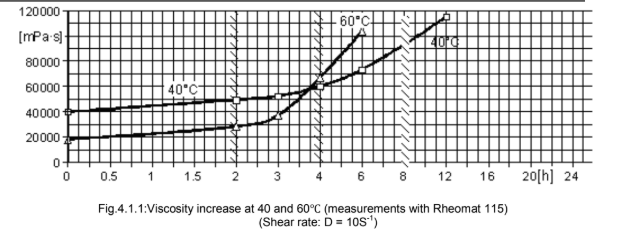
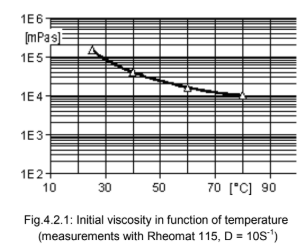
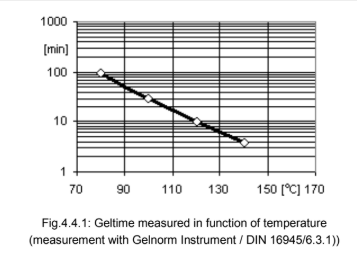
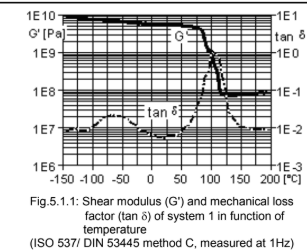
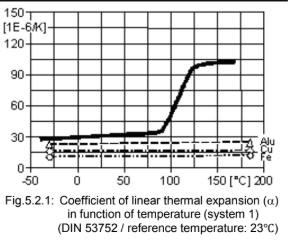
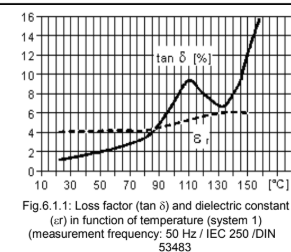
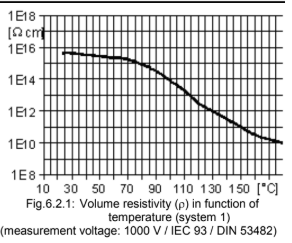
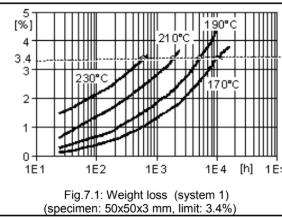
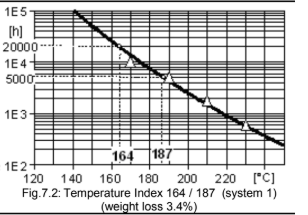
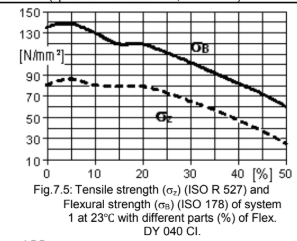
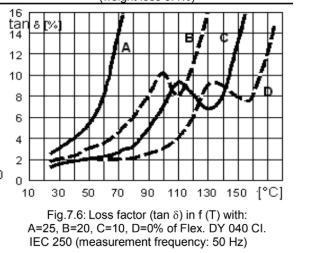
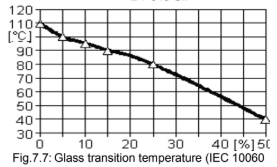
- Properties
- Good mechanical and electrical end properties
- Very high thermal endurance properties
- Considerable insensitivity to atmospheric and chemicals influences
- Specific Instructions
The effective pot life is about 1 day at temperatures below 25℃. Conventional batch mixers should be cleaned once a week or at the end of work. For longer interruptions of work, the pipes of the mixing and metering installations have to be cooled and cleaned with the ARALDITE resin component to prevent sedimentation and/or undesired viscosity increase. Interruptions over a week-end (approx. 48h) without cleaning are possible if the pipes are cooled at temperature below 18℃. In case to use mixtures with high reactivity, we recommend to clean daily with flexibilizer DY 040 CI.
Viscosity increase and gel time at various temperatures, refer to Fig: 4.
Mould temperature
Conventional vacuum casting 80 - 100℃
Demoulding times (depending on mould temperature and casting volume) Conventional vacuum casting 6 - 12h
Cure conditions APG process (minimal postcure) 6h at 80℃ + 10h at 130℃ or 6h at 80℃ + 6h at 140℃ Castings with big volume (exothermic reaction, internal mechanical stresses) or encapsulations of heat sensitive active parts could be cured at appr. 80℃. To determine whether crosslinking has been carried to completion and the final properties are optimal, it is necessary to carry out relevant measurements on the actual object or to measure the glass transition temperature (Tg). Different gelling and curecycles in the manufacturing process could lead to a different crosslinking and glass transition temperature respectively.
Safety & Health
- Industrial Hygiene
Mandatory and recommended industrial hygiene procedures should be followed whenever our products are being handled and processed. For additional information please consult the corresponding Safety Data Sheets and the brochure "Hygienic precautions for handling plastics products"
- First Aid
Contamination of the eyes by resin, hardener or casting mix should be treated immediately by flushing with clean, running water for 10 to 15 minutes. A doctor should then be consulted. Material smeared or splashed on the skin should be dabbed off, and the contaminated area then washed and treated with a cleansing cream (see above). A doctor should be consulted in the event of severe irritation or burns. Contaminated clothing should be changed immediately. Anyone taken ill after inhaling vapours should be moved out of doors immediately. In all cases of doubt call for medical assistance.
- Handling Precautions
Safety precautions at workplace:
Protective clothing : Yes
Gloves : Essential
Arm protectors : Recommended when skin contact likely
Goggles/safety glasses : Yes
Respirator/dust mask : Recommended
Skin protection
Before starting work : Apply barrier cream to exposed skin
After washing : Apply barrier or nourishing cream
Cleansing of contaminated skin : Dab off with absorbent paper, wash with warm water and alkali-free soap, then dry with
disposable towels. Do not use solvents
Clean shop requirements : Cover workbenches, etc. with light coloured paper. Use disposable breakers, etc.
Disposal of spillage : Soak up with sawdust or cotton waste and deposit in plastic-lined bin
Ventilation:
of workshop : Renew air 3 to 5 times an hour
of workplace : Exhaust fans. Operatives should avoid inhaling vapours.
Storage & Handling
- Storage Conditions
Store the components at 2 - 40℃, in tightly sealed and dry in the original containers. Under these conditions, the shelf life will correspond to the expiry date stated on the label. After this date, the product may be processed only following reanalysis. Partly emptied containers should be closed tightly immediately after use.
For information on waste disposal and hazardous products of decomposition in the event of fire, refer to the Material Safety Data Sheets (MSDS) for these particular products.
